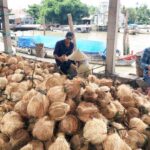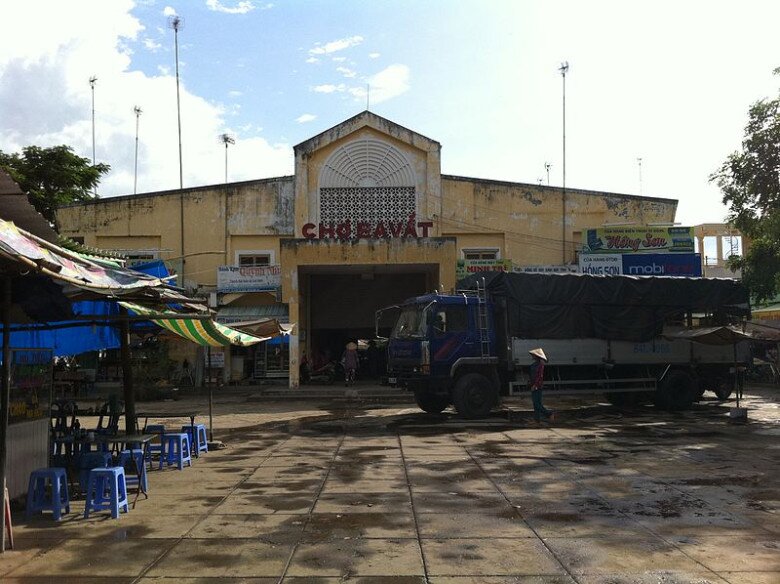
Ba Vát, a historic place with a rich history, thrived as early as the 17th century. Its prosperity was immortalized in a well-known folk poem: “The Ben Tre River abounds in fish, Ba Vat’s wind is cool to the bone.”
Also known as Ba Việt, the name originates from the Khmer language, a transliteration of “Pears Watt,” meaning Buddhist Temple. Initially inhabited by the Khmer people, it saw the settlement of Vietnamese towards the end of the 17th century and the beginning of the 18th, followed by the arrival of the Chinese community.
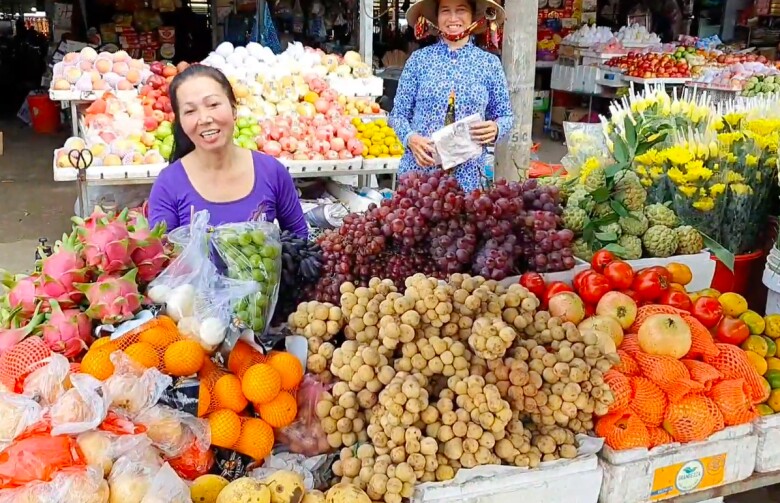
The Vietnamese primarily focused on agricultural land development, while the Chinese engaged in commerce and handicraft production. Leveraging the intricate network of rivers and canals, they traded not only within Ben Tre province but also with other provinces and countries like Siam, Cambodia, and China.
During this period, several large markets in Ben Tre emerged on elevated, dry land along the riverbanks in districts such as Duy Minh, Bao Huu, and Bao An. Among these, the Ba Vat market stood out not just for its bustling trade but also as a renowned port in Ben Tre.
Owing to its favorable location for river trade, Ba Vat market once attracted numerous trading vessels from across Asia. The primary goods traded by Chinese and Japanese merchants included ceramics and lime made from burnt shells.
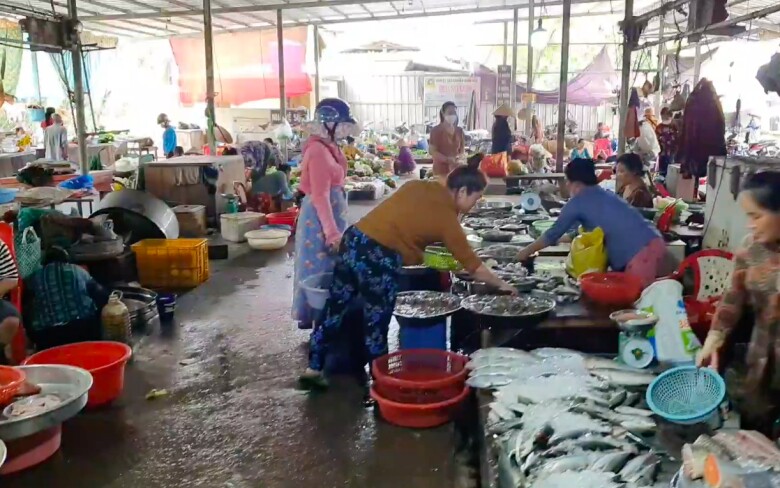
As described in the book “Dai Nam Nhat Thong Chi,” compiled by the National History Institute of the Nguyen Dynasty: “Ba Viet market, located in Hanh Phuc village, the seat of Tan Minh district, is bustling with shops and boats.”
Meanwhile, “Gia Dinh Thanh Thong Chi,” written by Trinh Hoai Duc, records: “This market is on the eastern bank of the canal, with continuous streets and moored boats.”
However, over time, Ba Vat’s prosperity faded as merchants found more convenient trading centers. Archeologists unearthed imprints of its golden era in 2004.
Ba Vat market, situated by the river, was once a bustling commercial hub with river trade as its lifeline. Houses along the riverbank were conveniently arranged for trading activities, and it thrived with the active participation of both Vietnamese and Chinese merchants. Nonetheless, by the end of the 19th century, Ba Vat market began to lose its prominence.
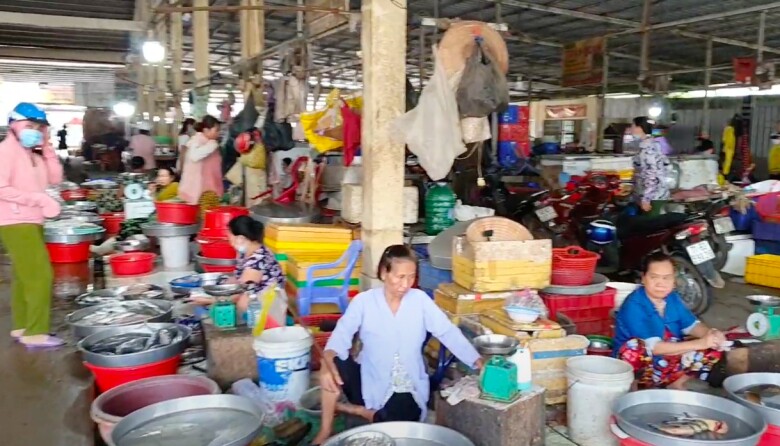
Today, the market continues to be a vibrant place for trading a diverse range of goods, from fresh produce, meat, and seafood to packaged foods, dairy products, and clothing. It is busier during holidays and weekends, while on regular days, it opens early and closes early. The market is part of the new rural development plan and is located opposite the Cai Nhum Church, connected to other major roads.

























